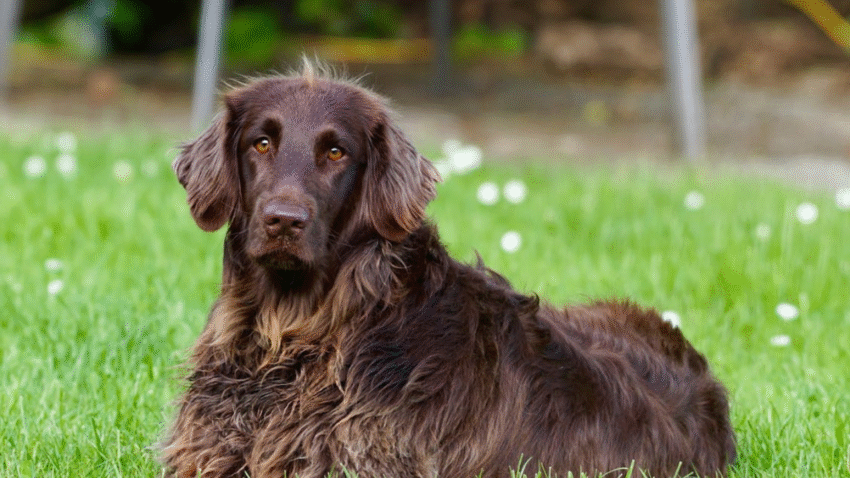Introduction
Worried about your dog’s bad breath or red gums? Dental issues in dogs are more common than most owners realize—and they often go unnoticed until they become serious. Learning how to spot dental problems in your dog early can help prevent pain, infections, and expensive vet bills down the road. In this guide, you’ll discover what signs to look for, how to perform simple at-home checks, and when to seek professional help.
Why Early Dental Detection Matters
Your dog’s dental health is closely tied to their overall health. Ignoring signs of dental disease can lead to serious complications, including:
- Tooth loss or gum infections
- Chronic pain and reduced appetite
- Heart, kidney, or liver problems caused by oral bacteria entering the bloodstream
By catching dental issues early, you can improve your dog’s quality of life and avoid costly treatments later on.
Step-by-Step Guide to Spotting Dental Issues Early
Here’s how to examine your dog’s mouth and recognize the signs of early dental disease.
1. Check Their Breath
- Mild “dog breath” is normal, but foul or unusually strong odor could indicate plaque buildup, gingivitis, or an infection.
- If your dog’s breath smells sweet or fruity, it may be a sign of diabetes, while urine-like breath may signal kidney issues.
Perform a sniff test once a week to monitor changes over time.
2. Examine the Gums
Lift your dog’s lip gently and look at the gum line:
- Healthy gums are pink, firm, and moist
- Redness, swelling, or bleeding may signal gingivitis or periodontal disease
- Pale or white gums can indicate anemia or poor circulation (seek immediate vet care)
Touch the gums to test capillary refill: press gently and see how long it takes for color to return. Normal is 1–2 seconds.
3. Look for Tartar and Plaque
Tartar is the yellow or brown buildup that forms on the teeth, especially around the molars and canines.
- Mild plaque is soft and can be brushed off
- Hardened tartar requires professional cleaning
Excessive tartar buildup can push the gums away from the teeth and lead to infection or tooth loss.
4. Watch for Signs of Pain or Discomfort
Dogs often hide pain, but dental discomfort may show up in their behavior. Watch for:
- Drooling more than usual
- Avoiding chew toys or hard food
- Pawing at the mouth or rubbing face on furniture
- Sudden aggression or irritability during play
Any of these signs may indicate toothaches or oral sensitivity.
5. Monitor Eating Habits
- Chewing on one side only
- Dropping food from their mouth
- Refusing dry kibble or hard treats
These behaviors could point to sore gums, loose teeth, or oral injury.
6. Check for Loose or Broken Teeth
Feel along your dog’s teeth gently with your finger (if they’re comfortable with it). Look for:
- Wiggling or mobile teeth
- Fractured or chipped teeth
- Teeth with exposed roots or discoloration
Broken or decaying teeth can cause chronic pain and infection.
7. Observe Excessive Drooling or Bleeding
Drooling is normal in some breeds, but if it’s sudden or excessive—and especially if it contains blood—it’s worth checking for cuts, infections, or abscesses in the mouth.
Wipe your dog’s mouth with a soft cloth to monitor saliva and blood levels during brushing or grooming.
Common Mistakes to Avoid
1. Skipping Dental Checks
Out of sight often means out of mind. Make mouth checks part of your weekly grooming routine to catch problems early.
2. Assuming Bad Breath Is Normal
Persistent bad breath is not just a nuisance—it’s a warning sign. Don’t ignore it thinking it’s “just dog breath.”
3. Avoiding Dental Care Due to Cost
While cleanings can be expensive, dental neglect often leads to more costly procedures like extractions or treatment for secondary infections.
4. Using Human Toothpaste
Never use human toothpaste on dogs—it contains xylitol and fluoride, which are toxic to pets. Use vet-approved dog toothpaste instead.
5. Waiting for Obvious Pain
Dogs often won’t cry or whimper until the issue is severe. Subtle signs like changes in eating or chewing behavior are easier to catch early.
Extra Tips & Recommendations
Tip 1: Brush Your Dog’s Teeth Regularly
Daily brushing is ideal, but even brushing 2–3 times a week helps reduce plaque and tartar.
- Use a dog toothbrush and enzymatic toothpaste
- Start slow and make it a positive experience
Tip 2: Use Dental Chews and Toys
Chewing helps scrape off plaque and massages the gums.
- Look for vet-approved dental chews
- Avoid hard bones or antlers that may crack teeth
Tip 3: Schedule Yearly Dental Exams
Ask your vet to check your dog’s teeth during routine visits.
- Most dogs need a professional cleaning every 1–2 years
- Older dogs may require more frequent checks
Conclusion
Spotting dental problems in your dog early is one of the best things you can do for their overall health and happiness. By checking their breath, gums, teeth, and behavior regularly, you’ll catch signs of trouble before they become serious. Combine routine checks with good dental hygiene and professional care to keep your dog’s mouth clean, comfortable, and pain-free for years to come.
📌 Bookmark this guide and refer back to it during your dog’s weekly health check-ins!
